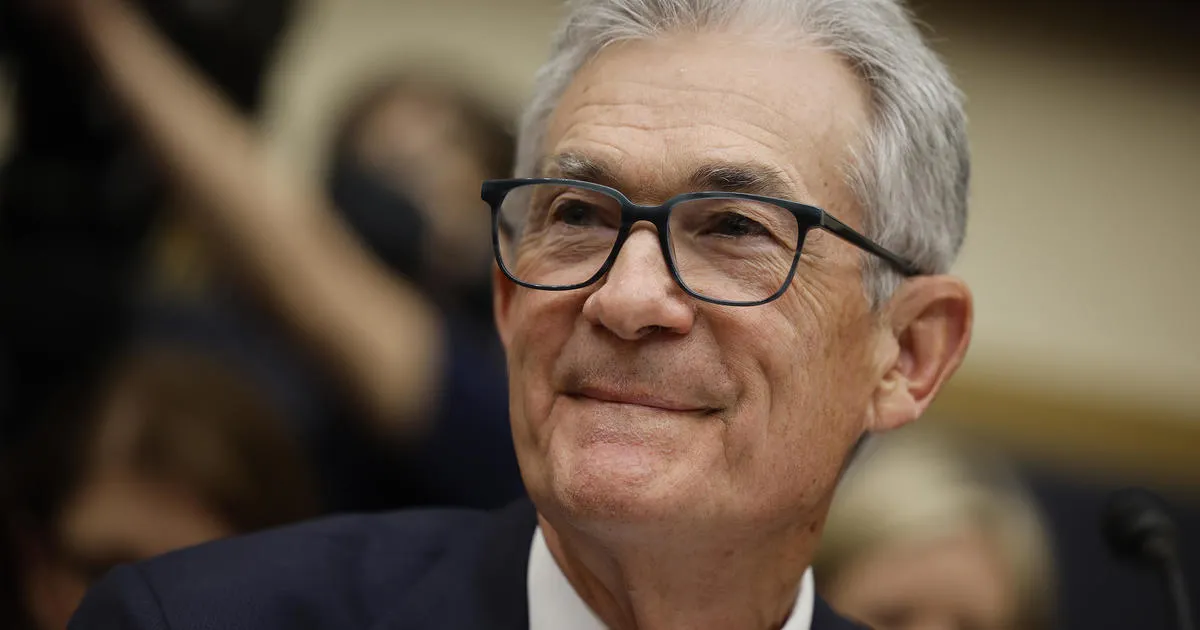Understanding the Economy: PCE Index at 2.1% and Its Implications for the Federal Reserve's Inflation Strategy

Insights into the Economy: PCE Index's Significance
The personal consumption expenditures (PCE) price index, the Federal Reserve's preferred inflation measure, decreased to 2.1% last month on an annual basis. This figure is alarmingly close to the central bank's target of a 2% annual rate and indicates potential rate cuts ahead in 2024, according to Wall Street economists.
Analysis of Recent Trends
September's PCE aligns with the median forecast from economists surveyed by major financial outlets, reflecting a decline from August's 2.3% rate. This achievement is particularly notable given the surge in post-pandemic inflation, showing that the headline inflation is now just a tenth of a percentage point away from achieving the Federal Reserve's target.
Federal Reserve's Rate Adjustment
The Federal Reserve made its first rate cut in four years last month, coinciding with signs indicating inflation is inching closer to the desired 2% goal. This development brings some relief to consumers grappling with credit card debt and individuals seeking loans.
Significance of PCE Data
The latest PCE data represents the lowest reading since February 2021, as emphasized by EY Chief Economist Gregory Daco. The implications of this shift in inflation metrics for the broader financial landscape are profound and warrant close monitoring.
This article was prepared using information from open sources in accordance with the principles of Ethical Policy. The editorial team is not responsible for absolute accuracy, as it relies on data from the sources referenced.